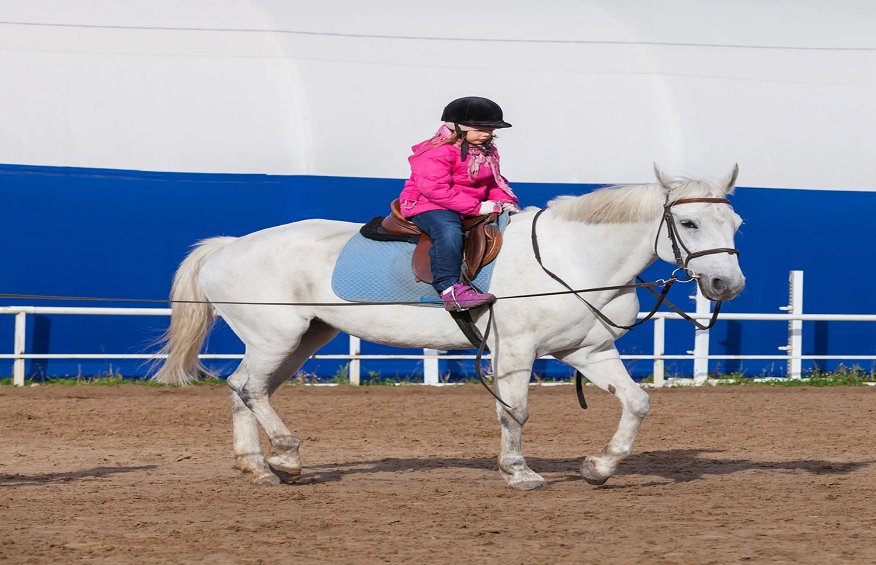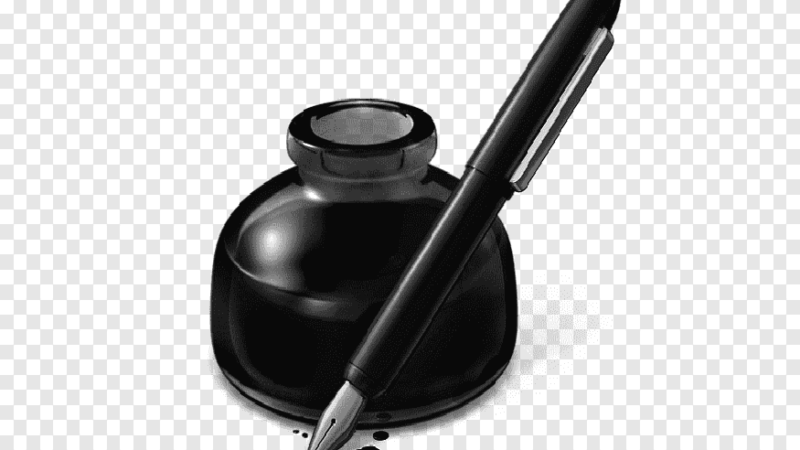Horse Jumps – A Fun and Educational Activity For Kids

Horse jumping is a popular and challenging sport in which horses clear obstacles over a course. The practice strengthens a horse’s muscles and helps develop his brain and memory capabilities.
Oxers and spreads are a type of jump that incorporates width and height. To successfully jump a wide fence, the horse needs to be able to judge distances and balance his effort for takeoff.
Benefits
Jumping exercises strengthen the abdominal, back, pelvic, and arm muscles. It also improves hand-eye coordination. It’s a great cardiovascular exercise, too! Research has shown that jumping burns a lot of calories.
As a horse approaches a jump, it crouches low to the ground and coils its hindquarters to concentrate energy and power. The more giant the leap, the deeper the horse flexes its hind legs.
Some horses, such as a Thoroughbred racehorse, can jump very high naturally. But most show jumping is trained. Training includes regular galloping to improve the horse’s fitness, stretching, and strengthening its stride. It also develops the balance and control required to keep the horse on a straight line as it leaps.
Safety
While jumping may seem dangerous, many safety measures are in place to keep horses and riders safe. These include using top-quality child jumps to practice and develop skills without the fear of competing with larger competition-sized fences.
Kids horse jumps are sized at different heights to test a horse’s speed and precision. They are also set in lines, rolls, and combinations to challenge the rider’s ability to guide their horse strategically.
One of the most challenging obstacles is a water jump, which is a wide obstacle that requires a robust approach and a balanced canter to clear it. The rider should aim for the jump’s apex to avoid getting caught by the wing or running past it.
Another area for improvement is a log fence with solid poles in jump cups that do not fall if jumped. Riders must carefully plan their approaches to these obstacles and can even be penalized if they jump past them.
Training
A world-class jumper has a combination of strength, coordination, and agility. But how that combination gets from one side of the fence to the other varies. A good rider can help the horse use those strengths most effectively.
When the horse approaches a jump, he compresses the final stride before takeoff to shorten his front legs, inverting his back and lumbosacral joints and storing elastic energy for the vertical push-off. Then, his front legs lift off the ground and carry him over the fence.
A typical course for a horse show will have six fences set in a straight line. The fences will gradually increase in height. The lowest are called standards, while the highest are known as oxers. A standard consists of two poles set apart evenly and supported by jump cups, while oxers are more expansive and can have decorative elements on top, like flower boxes or coops.
Equipment
Horse jumping requires a good amount of cardiovascular fitness and muscle strength. It also builds hand-eye coordination and the ability to focus. Jumping also helps kids better understand the human body.
As the horse approaches the fence, he bends his elbows and uses the long brachiocephalic muscle that runs from the top of the neck and withers to pull his forearms up and forward. He also lifts his head to assess the height of the fence.
The takeoff is a two-part shift of energy that determines the leap’s height, width, and distance. The front legs arrive at the fence separately, and the non-leading foreleg hits first and absorbs 20 percent more force.
The landing is similar to zero gravity freefall. The horse pushes off with the front legs, and his back flexes like a bow to create more elastic energy for the next step. The hind legs then sweep forward under the body, catching the horse on the ground just behind his front hoofprints.






